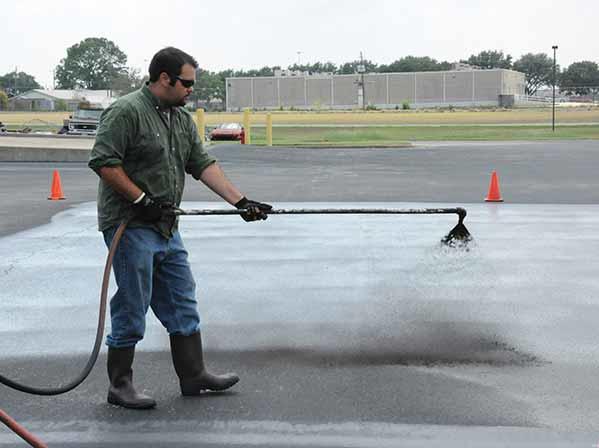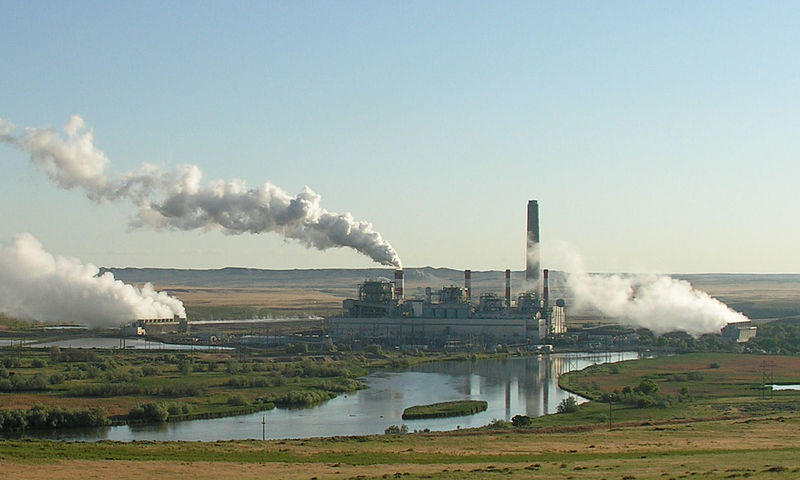Hexavalent Chromium Compounds
What is chromium and what are hexavalent chromium compounds?
Chromium is an odorless and tasteless metallic element that is found in the earth’s crust. It is also found in air, water, soil, and food.
Hexavalent chromium compounds are a group of chemicals that have useful properties, such as corrosion resistance, durability, and hardness. These compounds have been used widely as corrosion inhibitors and in the manufacture of pigments, metal finishing and chrome plating, stainless steel production, leather tanning, and wood preservatives. They have also been used in textile-dyeing processes, printing inks, drilling muds, fireworks, water treatment, and chemical synthesis.
How are people exposed to hexavalent chromium compounds?
Occupational exposure to hexavalent chromium can occur from inhalation of dusts, mists, or fumes containing hexavalent chromium, or from eye or skin contact. Industries with the largest number of workers exposed to high concentrations of airborne hexavalent chromium compounds include electroplating, welding, and chromate painting.
Which cancers are associated with exposure to hexavalent chromium compounds?
Occupational exposure to these compounds is associated with increased risks of lung cancer and cancer of the paranasal sinuses and nasal cavity.
How can exposures be reduced?
The U.S. Occupational Safety & Health Administration has exposure limits and information about analytical methods used to evaluate hexavalent chromium exposure.
Selected References:
- Agency for Toxic Substances and Disease Registry: Chromium – ToxFAQs™. Atlanta, GA: Centers for Disease Control and Prevention, 2012. Also available online. Last accessed June 7, 2024.
- National Institute of Occupational Safety and Health. Hexavalent Chromium, Workplace Safety and Health Topics. Atlanta, GA: Centers for Disease Control and Prevention, 2013. Available online. Last accessed February 15, 2019.
- National Toxicology Program. Chromium Hexavalent Compounds, Report on Carcinogens, Fifteenth Edition. Triangle Park, NC: National Institute of Environmental Health and Safety, 2021. Also available online. Last accessed December 5, 2022.
- Occupational Safety and Health Administration. Hexavalent Chromium, Safety and Health Topics. Washington, DC: U.S. Department of Labor. Available online. Last accessed June 7, 2024.
- Office of Air Quality Planning and Standards. Methods to Develop Inhalation Cancer Risk Estimates for Chromium and Nickel Compounds. Research Triangle Park, NC: U.S. Environmental Protection Agency, 2011. Also available online. Last accessed July 3, 2024.








